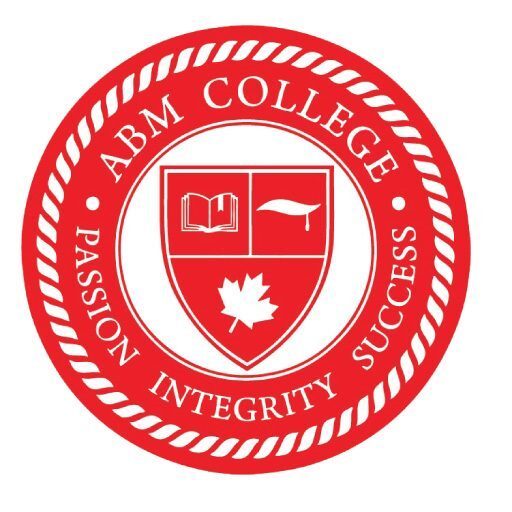
An acute injury is a sudden, sharp, traumatic injury that causes pain. Acute injuries can result from a fall, strained muscles, a sprain, collision etc. Acute injuries can be painful and problematic without proper care and therefore most often individuals will seek medical care from a sports physio therapist, or a massage therapist to help relieve pain and properly manage day to day strenuous activities which could cause further damage to the injury. To help speed the healing process of soft tissue injuries, there are few processes which are as effective and safe as massage therapy. Massage therapists working with injuries have a firm understanding of when injuries are in their most acute stage, and they have the knowledge of different massage approaches that are most appropriate – because healing and injury which is considered acute differs greatly, depending on the type of injury and its stage of tissue damage.
How to Know if You Have an Acute Injury
- Pain
- Tenderness
- Redness
- Skin that is warm to the touch
- Swelling,
And Inflammation could all be signs that you are suffering from an acute injury and should seek medical attention.
What does RICE mean, and how does it help?
RICE is an acronym used by sports and massage therapists to treat injuries. Rice stands for: REST– Rest is vital for protecting muscles, ligaments, tendons and tissues. Rest allows for the healing process to begin. ICE – Ice reduces pain and causes vasoconstriction (the constriction of blood vessels). This helps to control edema (swelling). Applying iceor cold packs for 15-20 minutes per hour is necessary, however, and individual should make sure not to exceed the 15-20 minute time limit as over icing can cause skin damage. COMPRESSION – Compression is essential as it limits swelling (which is known to delay the healing process). Known to delay the healing process, swelling can be limited with compression also slows hemorrhage. ELEVATION – As with the previous two points, elevation also limits edema formation and slows hemorrhage. Raise the injured area above heart level, which is most effective when elevating an injured area. Rest, Ice, Compression, Elevation should be used up to 48 hours after the injury occurs, however, an individual should visit a physician if the pain or swelling has not decreased after two days. Due to the chances of aggravating an injury, there is another acronym – HARM.
HARM
HARM describes four key actions after injury which actually could do more harm than good in the first 48 hours. They are as follows: HEAT –Most people assume applying heat to an injury will help in the healing process. In actual fact, heat increases hemorrhage. Therefore heat packs, hot baths, showers etc. should be avoided for the first two days after an injury has occurred. Thus, hot baths, hot showers, saunas, hot water bottles, heat packs and warming liniments should be avoided for at least 48 hours after sustaining an injury. ALCOHOL – Avoiding alcohol when injured should be a given. It masks pain and impairs judgement, thereby leading an individual to not realize the severity of their injury. Not only this, but alcohol also increases edema which can lead to hemorrhage. RUNNING– It should be obvious that running, or any other form of exercise, can cause further damage, especially within the first 48 hours .MASSAGE – While massage therapy has incredible positive benefits for treating acute injuries, it should be known to avoid massage within the first two days, due to the fact that it encourages circulation, in turn increasing edema and hemorrhage. In fact, some physicians even suggest lengthening the waiting period for a massage from 48 hours to 72 hours. In contrast however, adding a lymphatic drainage massage while also applying R.I.C.E. techniques will actually help keep swelling at bay. Lymphatic massage, also called lymphatic drainage or manually mph drainage, is a technique developed for the treatment of lymphedema, where an accumulation of fluid that can occur. By reducing swelling, an individual will have less solid clotted blood within the tissues of the injury site, known as hematoma, and the healing time for an acute injury will be shortened. Additionally, lymphatic drainage works simultaneously with ice and cool packs to reduce pain. When slight pressure and rhythmic movement of lymphatic nodes are massaged on the tissue, it decreases the fluid retention/swelling, thus soothing the tissues and limiting pain receptors, and once a painful injury moves past the acute stage, gentle circulatory massage techniques can be applied to help regain the range of motion to the injured area. Massage can also help to reduce the formation of scar tissue, improving the healing of tissue. As mentioned, Massage therapists have a great deal to offer clients suffering from an acute injury. If the injury has just occurred, lymphatic drainage, combined with R.I.C.E techniques, and knowing what to avoid at each stage of healing, massage therapists can play an instrumental role in the healing process of an acute injure. For information on Massage, check out our Massage Therapy program at ABM College!

About The Author

Private Career College
ABM College is a leader in career-focused education, committed to empowering students with industry-relevant skills. With expert instructors and practical training, ABM College delivers high-quality programs in health, business, technology, and more, ensuring graduates are prepared to meet workforce demands. Known for its supportive learning environment and a focus on real-world application, ABM College is a trusted educational partner helping students achieve professional success across Canada.
